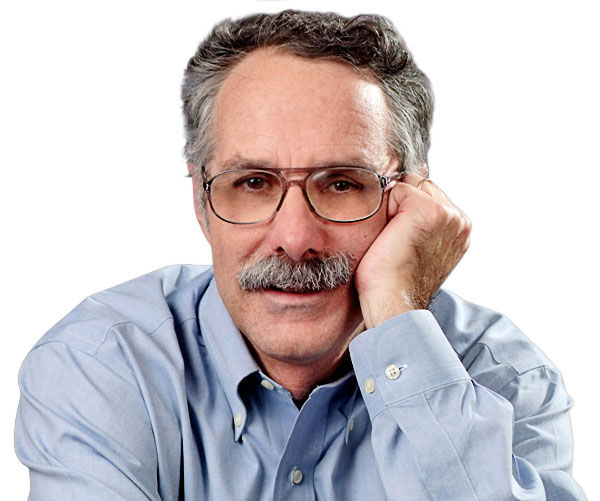BY ROBERT J. SAMUELSON
Every year, the Federal Reserve conducts a massive survey of American households to paint a portrait of their economic habits and spirits. The recently published findings for 2017 are worth examining for what they say about who should — and shouldn’t — get credit for the resilient U.S. economy. Hint: It’s not who you think.
Naturally, President Trump claims paternity. There is nothing unusual about this. When the economy does well, presidents of both parties routinely brag about the results. Trump did just that last week with the latest jobs report.
But as I — and many other commentators — have written, the $20 trillion economy is simply too big and complicated to be easily manipulated for partisan advantage.
It is not that economic policies have no effect. In practice, though, their consequences are often unintended and occur after their sponsors have left the White House. The full verdict on Trump’s policies (huge tax cuts, repealed regulations, higher tariffs) won’t be clear for years. The same is true for Obama’s policies.
The table below (which is not from the Fed study) shows why.
The left-hand column gives the annual growth rates for gross domestic product, the economy, from 2013 to 2017; the right-hand column provides the same information for the year-end unemployment rate. If you compare 2017, Trump’s first year in office, with 2016, President Obama’s last, the advantage in economic growth and falling unemployment goes slightly to Trump. But if you compare 2017 to 2015 or 2014, the advantage shifts to Obama — underlining how diffi cult it is to assign the economic success of any one year to the then-sitting president.
What has kept the expansion going seems to have been cheap money — thanks in part to the Fed — and a view that unsustainable practices should be purged as quickly as possible. This was often cruel. Mortgages were foreclosed; businesses failed; unemployment soared. But individuals and firms were forced to adjust to new realities. Slowly, confidence revived and fed on itself.
The new Fed study is consistent with just such an economic narrative. Called the “Report on the Economic Well-Being of U.S.
Households in 2017,” the study is based on interviews with more than 12,000 respondents in November and December. The major finding is how much the economy has improved since 2013, the survey’s first year.
“Nearly three-quarters of adults say they are
either living comfortably (33 percent) or doing OK (40 percent), when asked to describe how they are managing financially,” the report says. The share “doing OK” has risen more than 10 percentage points since 2013.
Similarly, in 2013, 13 percent of Americans found it “difficult to get by”; by 2017, the comparable figure was only 7 percent.
Labor markets are tighter. In 2017, 52 percent of workers received a wage increase, up from 46 percent in 2016. Gains were especially large for workers with a high school degree or less; 49 percent of these workers got a raise, up from 38 percent in 2016. Although many indicators of economic wellbeing were lower for blacks and Hispanics compared with whites, they were much higher than in 2013.
Of course, problems persist.
Half of 22- to 24-year-olds still live with their parents, mostly to save money; by their late 30s, that share had shrunk to 11 percent.
About 40 percent of adults say they would have trouble meeting a $400 emergency expense; however, the same share was 50 percent in 2013.
What’s powering the economy is the economy. Its forward momentum is less the product of any sophisticated economic theory or partisan policy than the pragmatic rebuilding of purchasing power and confidence. Consumer debt burdens have declined; jobs have increased; incomes have risen.
The forward motion is not spectacular, but it is steady.
We tend to overanalyze the economy. To be sure, Obama’s handling of the financial crisis and Great Recession laid the foundation for the recovery; it’s also arguable that Trump’s pro-business policies explain some of the stock market boom. But neither Obama or Trump is the prime mover in today’s recovery.
The main economic engine now is the classical adjustment process in which excesses are reduced or purged, allowing the expansion of goods and services to resume.
That’s the positive news. The negative news is that this process will itself go to excess and cause the economic apparatus to stumble.
The question about the next recession is not whether, but when.
Robert Samuelson is a columnist for the Washington Post Writers Group.




